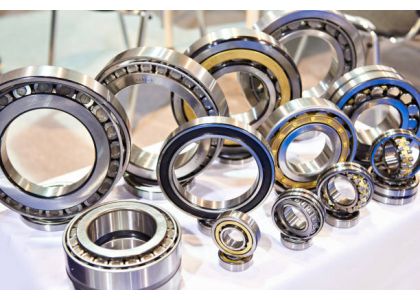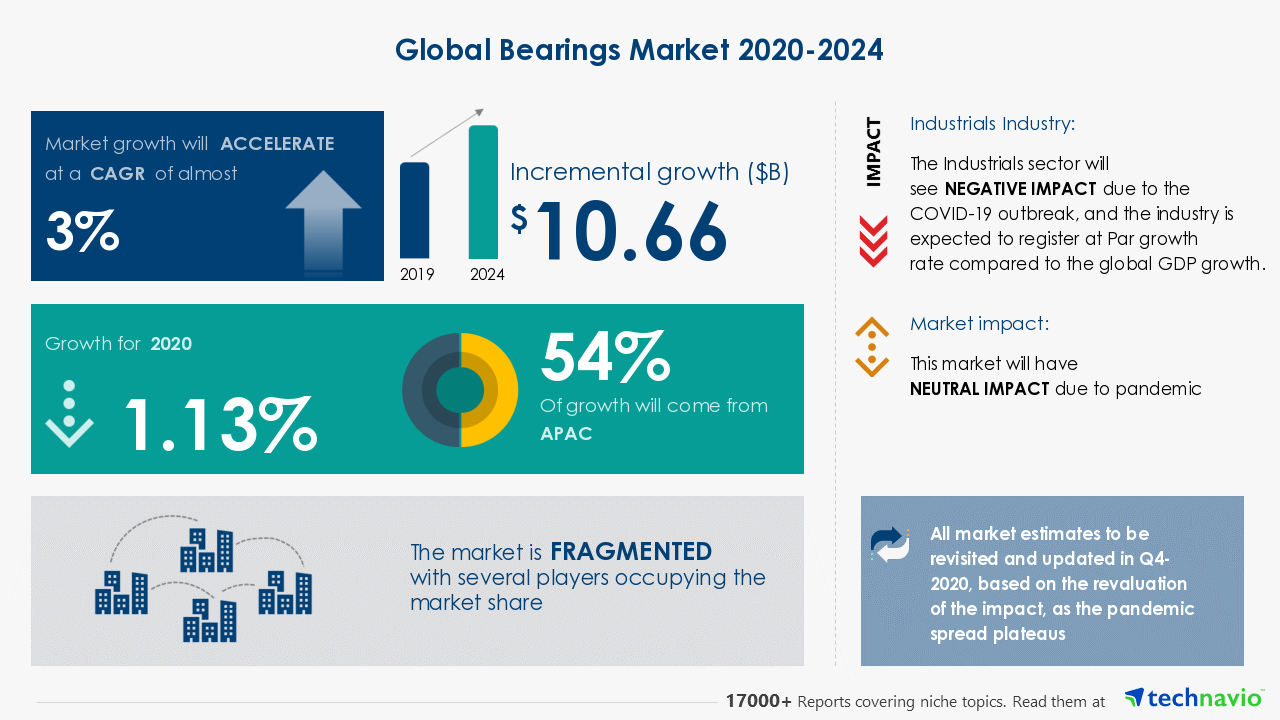INDUSTRY NEWS
The Bearing Industry: Innovation, Challenge, and Opportunity

The global bearing industry enables technological progress in sectors critical to society and the economy. However, it faces constant pressure to improve performance, efficiency and sustainability while reducing cost and environmental impact. Understanding key industry dynamics provides insight into forces driving continued innovation.
Market Overview. The global bearing market is estimated at over $100 billion, with projected growth to $170 billion by 2025. Major segments are ball and roller bearings, accounting for 80-85% of sales. Key end markets are automotive, industrial machinery, aerospace, railways, construction and renewable energy. Leading producers are SKF, Schaeffler, NSK, NTN, JTEKT and Timken, representing more than 60% of global market share. Manufacturing footprint spans low-cost regions in Asia, Eastern Europe and Latin America.

Trends and Technology. Automation, sensors and data connectivity enable "smart factories" and predictive maintenance, improving quality and reducing cost. New materials like ceramics and plastics increase heat/chemical resistance and reliability. Custom bearings for harsh conditions in sectors like aerospace, construction and renewables drive product specialization. Demand for lower environmental impact is accelerating the use of renewable lubricants and recycled materials. However, these trends also strain industry resources for R&D investment and talent development.
Challenges and Risks. Rising raw material costs, tariffs and labor shortages threaten profit margins, especially for smaller companies. Counterfeit bearings made with substandard materials and manufacturing pose risks to equipment performance, safety and brand reputation. Transitioning to more sustainable products and processes requires substantial capital outlays for low-emission technology, smart automation, and advanced material processing techniques. Achieving the technical expertise to design application-specific solutions puts additional pressure on resources.
Opportunities and Advancements. Growing end markets like EVs, robotics, smart infrastructure and renewable energy provide avenues for expansion into higher-value customized bearings. Improved data connectivity and predictive algorithms enable new digital services such as condition monitoring, lifecycle assessment and performance optimization. Partnerships across industries spur material and design breakthroughs for more advanced bearings. Global collaborations with universities and research institutions help cultivate future engineering and scientific talent to overcome technical hurdles.
The bearing industry powers tremendous progress but faces constant challenges to operate faster, smarter and greener. By leveraging technology, expertise and global cooperation, companies can turn risks into opportunities to achieve sustainability, accelerate innovation and open new frontiers in specialized markets. Close monitoring of key trends helps gain competitive advantage through differentiation in products, services and business models that meet the demands of today and beyond. Staying ahead of change and challenges has never been so vital in this industry that turns the wheels of society.